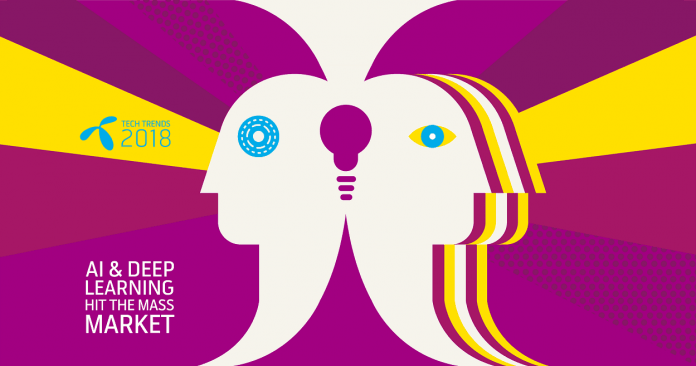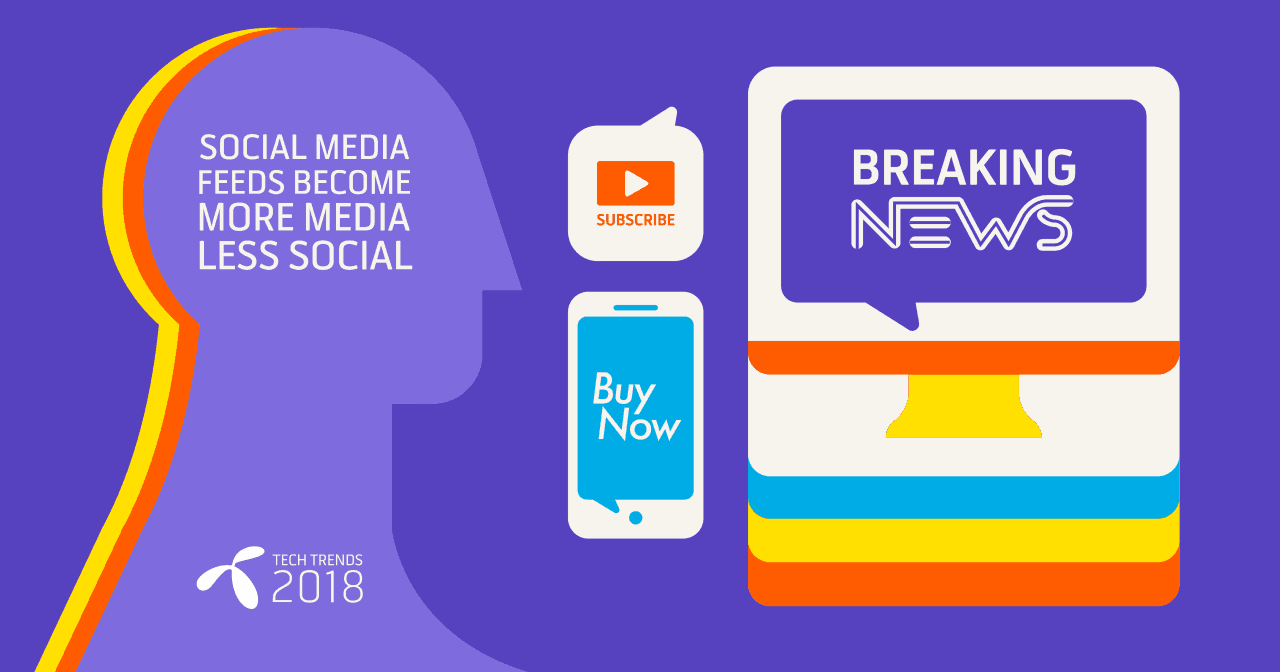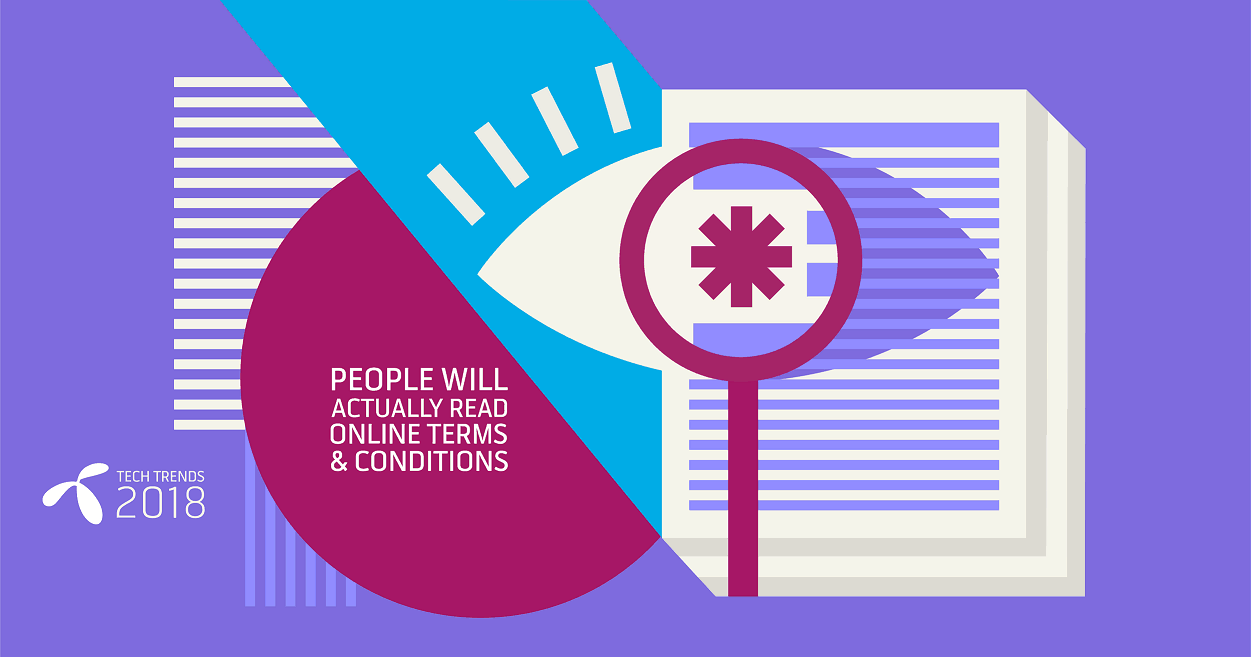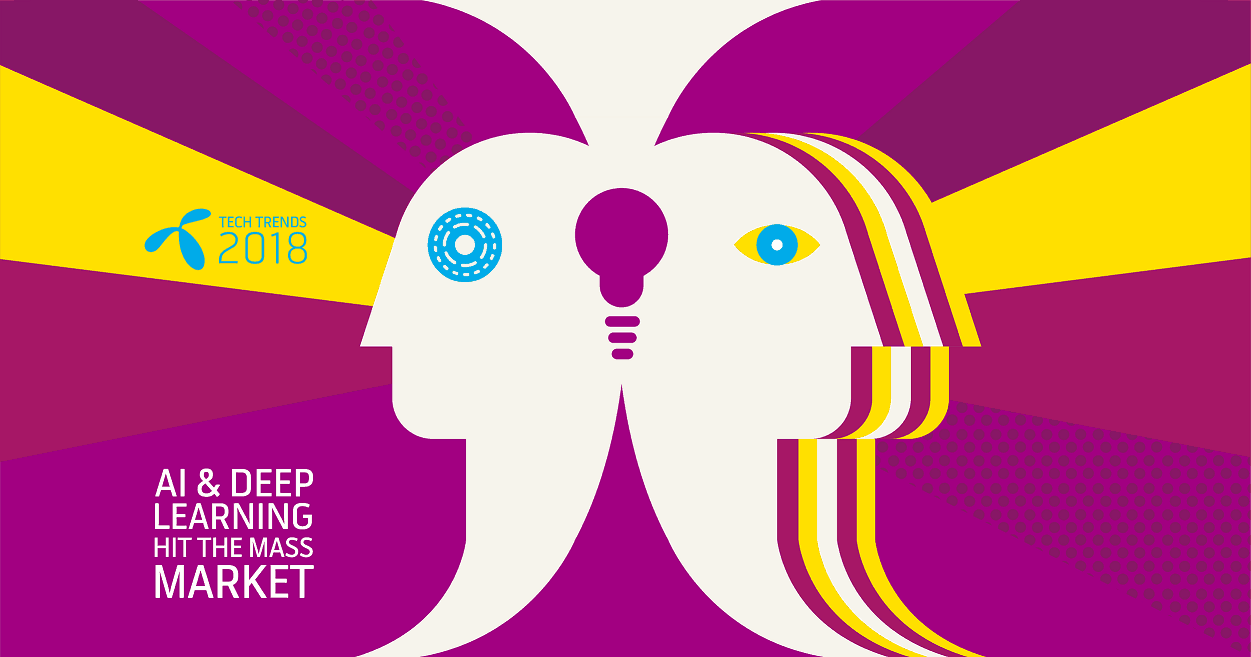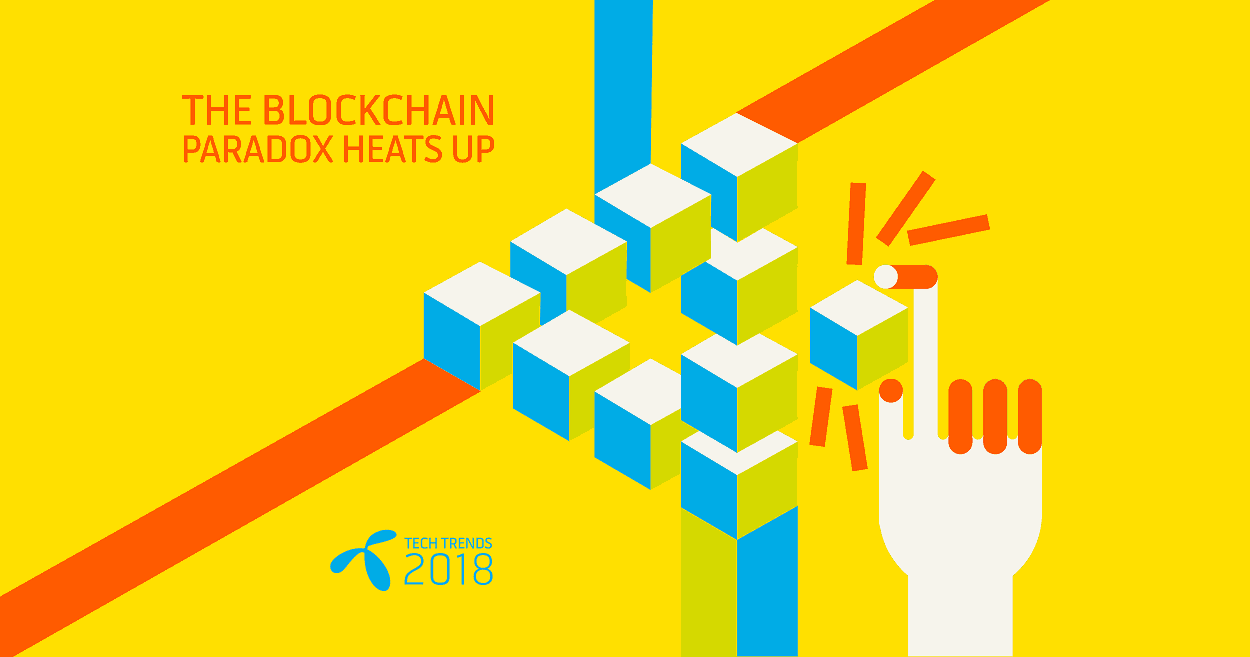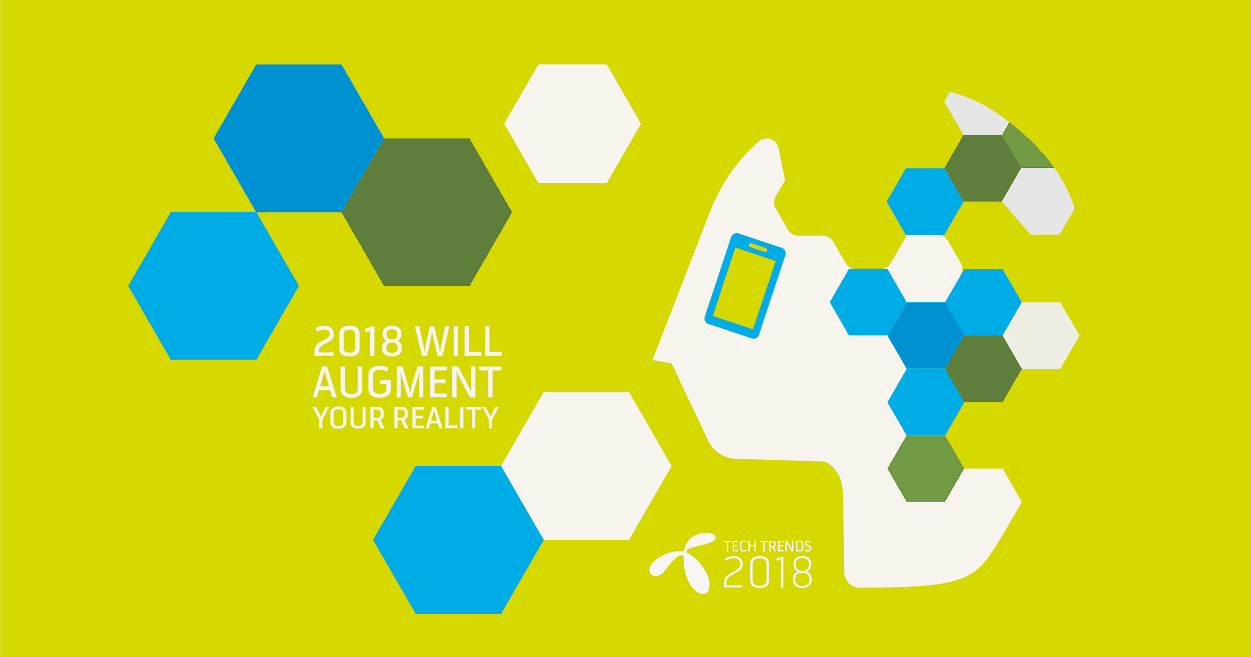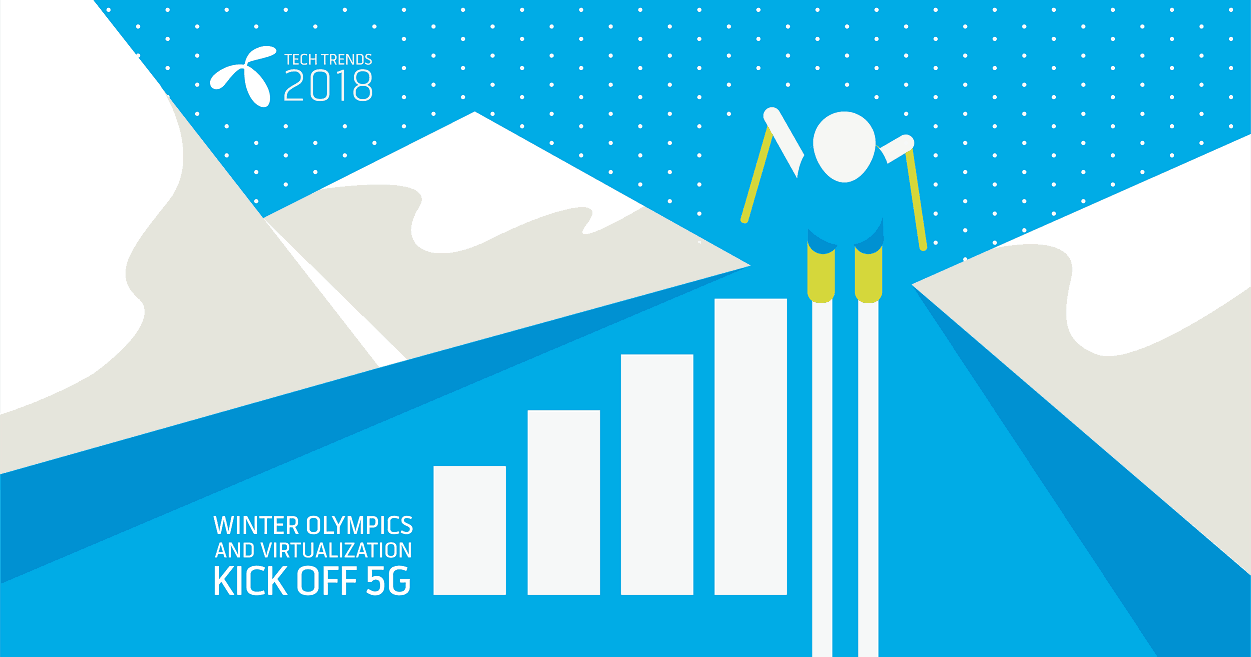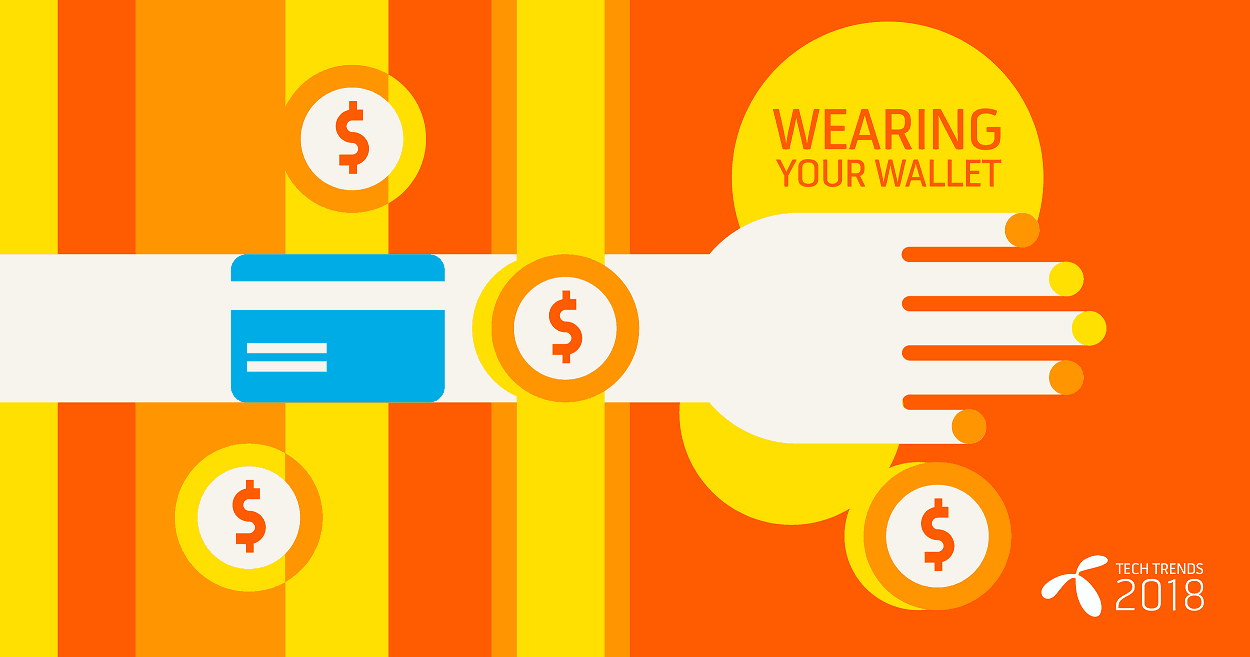According to a team of scientists and technology analysts at Telenor Research, 2018 will be the year when self-driving cars, AI, Big Data and cryptocurrencies will appear in our markets.
“When big changes happen, it is often because of regulations, user preference and technology converge. 2018 will see key developments in all three dimensions. We have picked the trends that we think are both illuminating and important to stay on top of ahead of the New Year,” says Bjørn Taale Sandberg, Head of Telenor Research.
Apart from the current consumer trends, scientists and technology analysts at Telenor Group’s research arm (Telenor Research) identified seven tech trends that are thought to shake things up this year.
Social media newsfeeds: Less social, more media
The amount of relevant information on the Facebook newsfeed is dropping, giving way to an increasing amount of professional and paid content. Users are also becoming more critical as awareness rises around ‘fake news’ seeping into their feeds.
“Perhaps discouraged by a lack of relevance, users could start turning to other platforms for news, to curate their ‘digital presence’ and get updates on friends and family,” Sandberg states. All the while, Facebook will develop further into a communication platform.
People will actually read online Terms & Conditions
In mid-2018, the EU will update the General Data Protection Regulation (GDPR) in several significant ways. Customers of any digital service (which is all of us) are becoming owners of the data that we produce when using these services. The regulation strengthens how that data is protected in the EU, aiming to give control back to private users. It will even change how companies ask for your permission to use your data.
Terms & Conditions must be reinvented so that consumers know what data they give away and for what purpose. “This reinvention is key and we are going to see a lot of variations around Terms and Conditions in the beginning. New Terms & Conditions are coming to your favourite app and you’ll want to read them!” Sandberg continues.
AI and Deep Learning hit the mass market
Artificial Intelligence and especially Deep Learning, the ‘magic’ that is bringing us driverless cars and facial recognition, has been sitting solidly atop the hype curve over the last few years.
“We believe 2018 will be the year when deep learning moves beyond the hype, and will find new markets outside of the Internet giants,” explains Sandberg. The technology will take on a wide range of industries, including health, energy, transport and telco.
Blockchain: Can it break out of its own cryptocurrency cradle?
Blockchain is best known as the technology behind Bitcoin, a digital currency that doesn’t need a central governing body to guarantee transactions. One of the perks of blockchain is that it is resistant to modification. However, this also brings about the challenge of diversifying its practical applications: to create more varied and usable blockchain-based solutions, developers need to be able to modify it to sort out bugs, upgrade technology and make widespread engineering decisions.
“Industry agreement must be reached about all of this. But the point of blockchain is that it avoids the need for a central governing body to oversee its transactions. This is known as the ‘blockchain governance paradox’. The blockchain industry will need to resolve these challenges to fully deliver on its promise,” predicts Sandberg.
2018 will augment your reality
According to Sandberg, we can expect to see a surge of apps are similar to Pokémon Go that utilises augmented reality (AR). With its latest version of the iPhone operating system, Apple have built-in support for augmenting whatever the phone’s camera captures with additional information. This means that much of the complexity is removed for programmers and AR suddenly gets to be within reach for hundreds of thousands of iOS app developers.
Winter Olympics and virtualisation kicks off 5G
In addition to seeing the development and testing of advanced technical features, we also expect to see real-life use cases demonstrated during the Winter Olympics in South Korea. We might see 5G-linked drone equipment follow ski jumpers through the air, views of the slopes from different 5G-connected vantage points for instance.
You’ll wear your wallet?
Artificial Intelligence and IoT is predicted to generate intelligent and personalised context-aware customer services, enabling more tailored solutions to help customers and companies alike make sound financial decisions, manage risk and reduce costs.
In 2018 several new device payment systems will be introduced globally. For the Asia Pacific region, we will see growth of IoT banking based services. In Europe, next year sees the introduction of the new Payment Service (PSD2) directive, which enables access to banks’ customer data for external actors such as fintech-startups. “This paves the way for ‘open banking’ and innovation as well as challenges within current business models and the telco payment ecosystem,” Sandberg adds.


